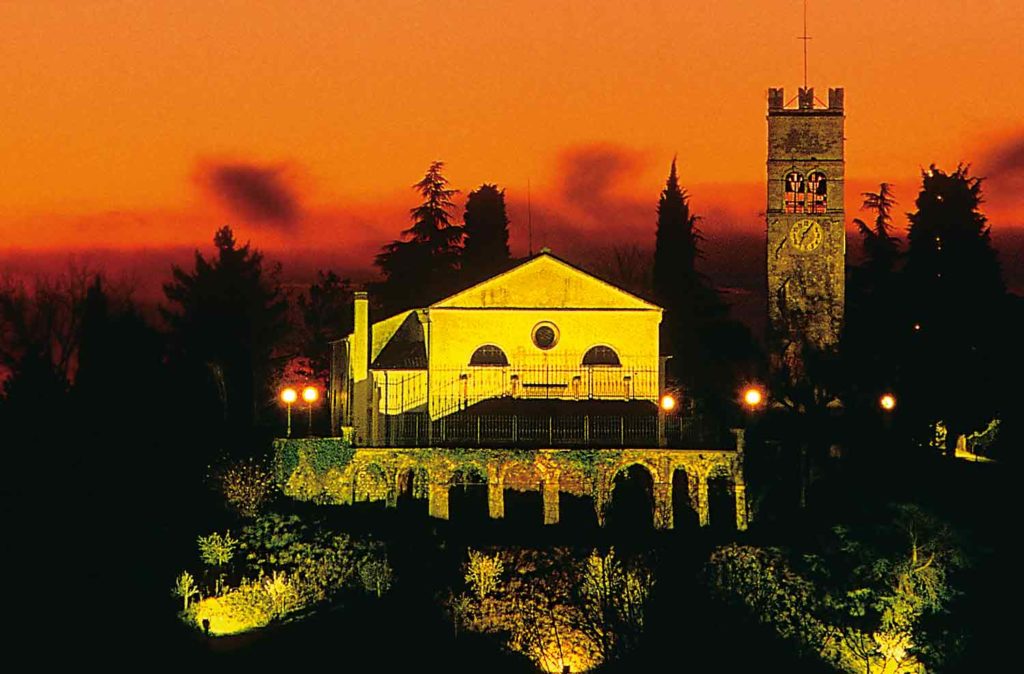Places of interest

Vittorio Veneto is surrounded by sites of great historical importance such as monuments and thousand-year old castles. Below are some suggestions of places to visit that represent a perfect backdrop to our wine production.
The prestigious Palazzo della Comunità in Ceneda was rebuilt after a fire in 1537-1538 under the direction of its architect Jacopo Tatti, nicknamed “the Sansovino”. The frescoes adorning its rooms were painted by Pomponio Amalteo. Nowadays it houses the Museo della Battaglia (Battle Museum) with its extensive collection of finds, artefacts and documents relating to the Great War. Vittorio Veneto's Cathedral is dedicated to Our Lady of the Assumption and St. Titian. It was built in neo-classical style between 1740 and 1773 according to the plan of its architect Ottavio Scotti.
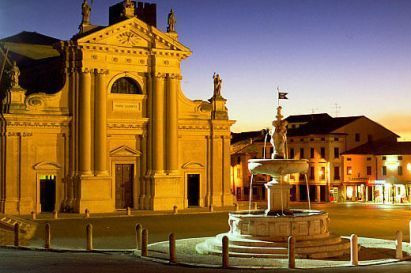
The political, civic and religious heart of Serravalle is its square, an unblemished gem of Venetian architecture which reflects the influence exerted by the Repubblica Serenissima di Venezia, or Republic of Venice, from 1337. Dedicated to the writer, Marcantonio Flaminio (a Latin poet from Serravalle), it is bordered by ancient houses and mansions, among which Palazzo Minucci-De Carlo, the belfry and the Serravalle loggia are especially noteworthy. Today the loggia is the seat of the Museo del Cenedese, an extraordinary example of Venetian Gothic architecture which highlights the best of the old Ceneda region’s architectural, historical and artistic past.
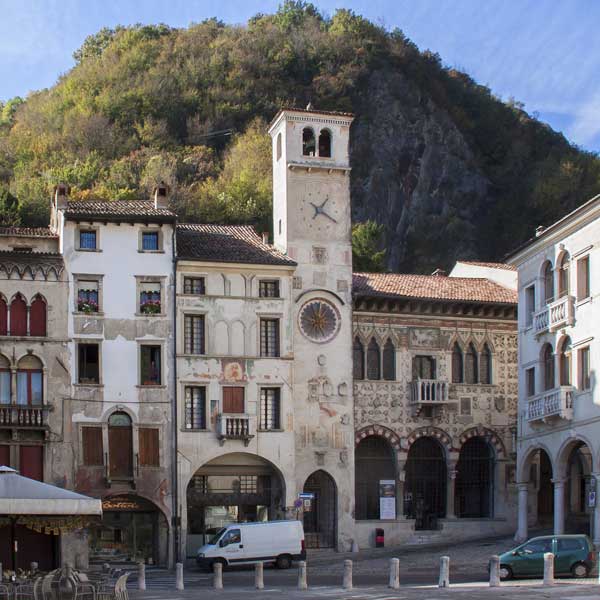
Here we find the administrative and commercial centre. It was built in the years immediately following the merger of the two old municipalities of Ceneda and Serravalle in 1886. Originally called Piazza Vittorio Emanuele II, it took the name Piazza del Popolo during the Second World War. The square is flanked by the town hall, which was built in 1872, and the modern War Memorial, work of the sculptor Augusto Muro da Falcade and architect Franco Posocco.
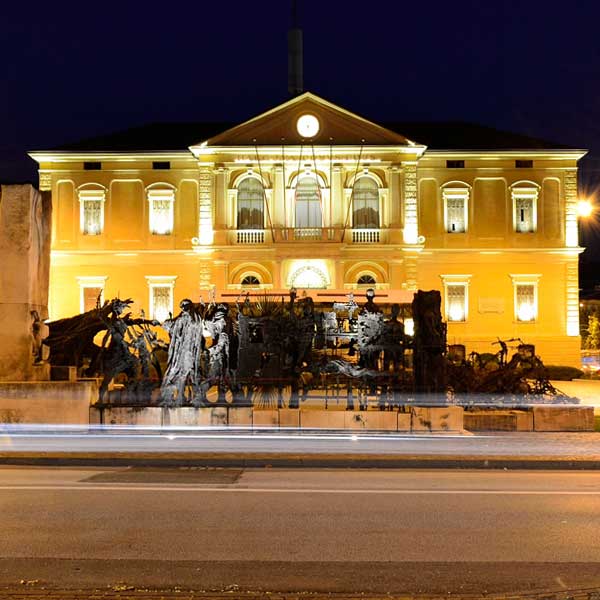
The castle of St. Martin is situated in Ceneda where the Lombard dukes erected it as their home by bolstering it with massive fortifications to make it a military stronghold against raids from the plain. The castle served as the bishop’s palace from the end of the 10th century.
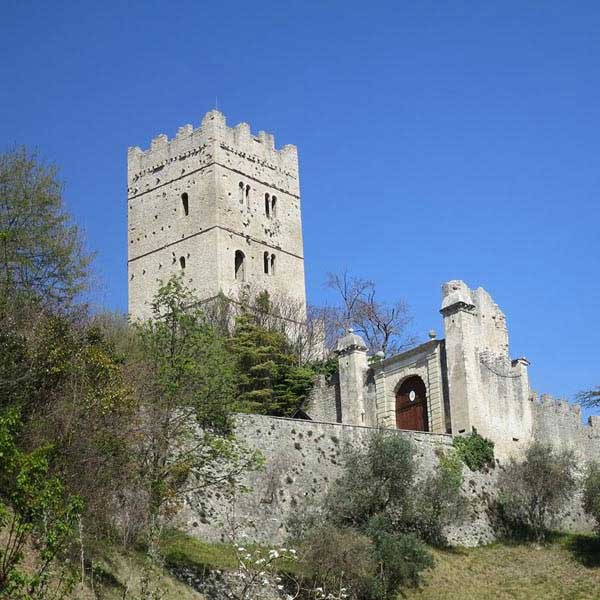
The Sanctuary of St. Augusta, patron saint of Serravalle, can be reached by climbing up a woodland path for approximately forty minutes. The route is dotted with chapels built in 1630 as a votive offering for the end of an epidemic plague, and it leads to the foot of an imposing one- hundred-steps staircase. The view over the town is delightful and the atmosphere in the sanctuary evocative. Tradition has it that migraines are cured by sticking one's head into the gate marking the spot where a stone urn once hid the bones of the saint.
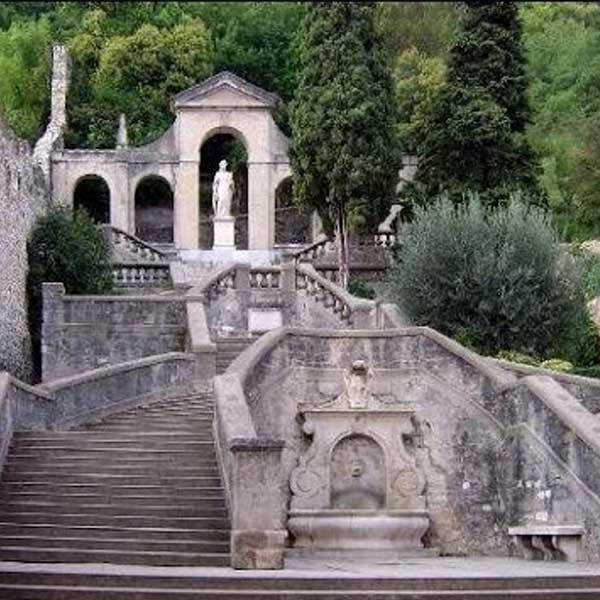
Nearby, just a few kilometres outside Vittorio Veneto, stands Roganzuolo Castle with its twelfth-century monumental Church of St. Peter and St. Paul, the symbol of this little town nestling among our green hills. It is situated at the top of a hill where Reggenza Castle stood in medieval times. We can still see the old tower which was later turned into a bell tower. It is important from a historical and artistic point of view and still bears the signs that great artists of the Renaissance period like Francesco di Milano and Titian passed this way.
